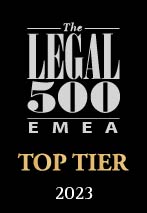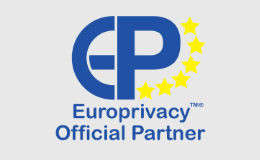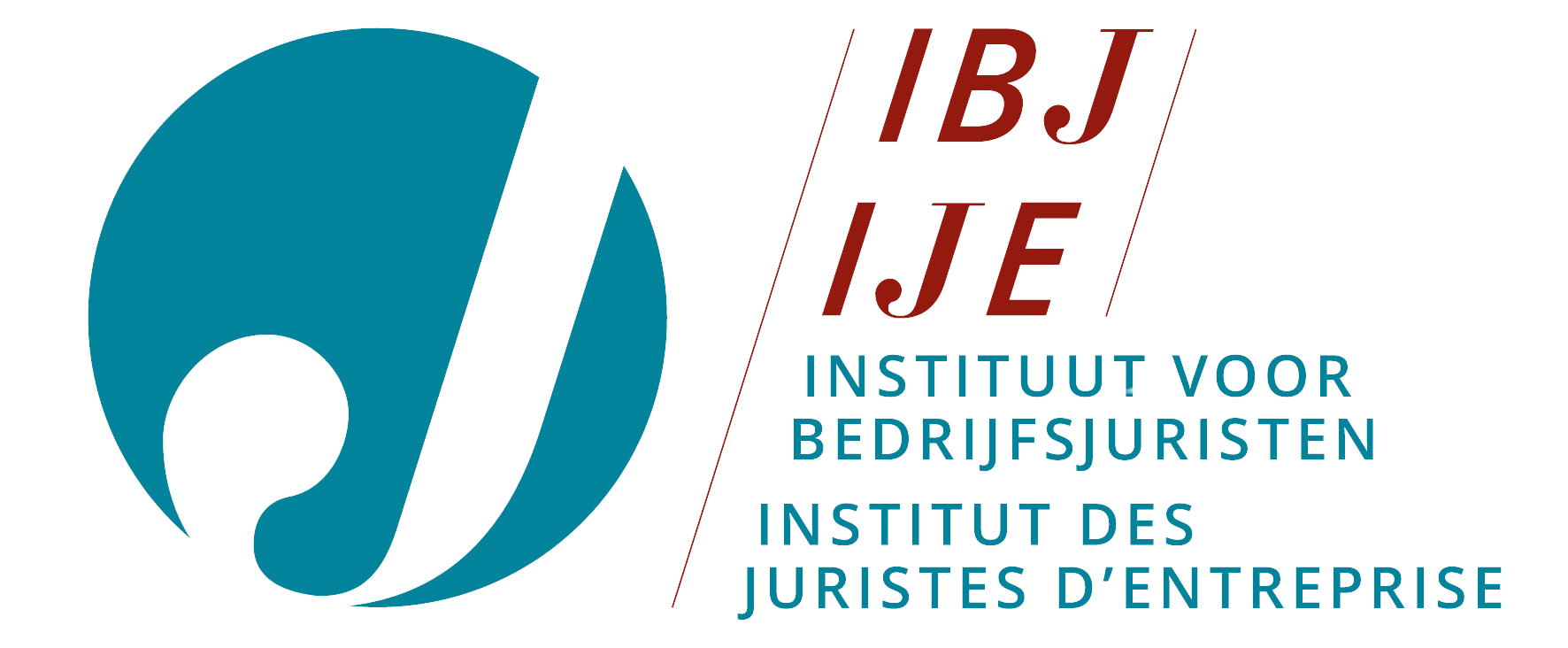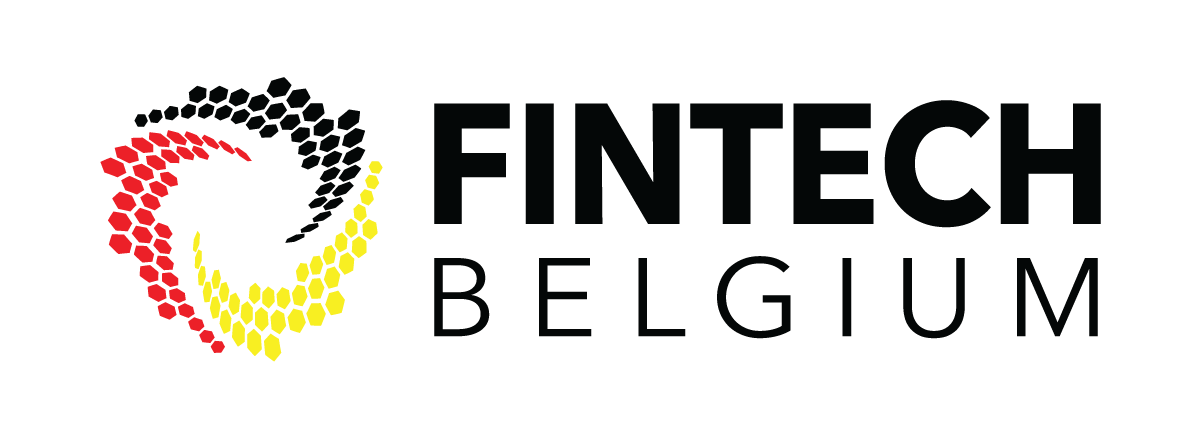Looking for?
The new DSM Directive and employment agreements
Recital 72 versus Employment agreements
Since 1 August 2022, Directive (EU) 2019/790 of the European Parliament and of the Council of 17 April 2019 on copyright and related rights in the Digital Single Market and amending Directives 96/9/EC and 2001/29/EC (‘DSMD’) has been transposed into book XI of the Belgian Economic Law Code (‘ELC’). The law entered into force immediately, providing in its Article 99 that the rules apply to works and performances protected by copyright or related rights on or after 7 June 2021. The latter being the date on which the DSMD should have been transposed by Member States.
What are the new rules for employment contracts?
This blog aims to shine a light on some of the more underexposed provisions of the DSMD, specifically in their application to employment agreements. These are the provisions of Chapter 3 of the DSMD relating to Fair remuneration in exploitation contracts of authors and performers. Five rights in particular warrant attention:
article 18 DSMD | A right to fair and equitable remuneration | articles XI.167/1 and XI.205/1 ELC |
article 19 DSMD | A right to transparency | articles XI.167/2 and XI.205/2 ELC |
article 20 DSMD | A right to ask for remuneration reviews based on a success clause | articles XI.167/3 and XI.205/3 ELC |
article 21 DSMD | The inclusion of specific alternative dispute resolution procedures | n/a |
article 22 DSMD | A right to revoke exclusive licenses and transfers of copyrights | articles XI.167/4 and XI.205/4 ELC |
In relation to Belgian employment agreements, the first three rights are the most relevant. The fourth right relating to the inclusion of specific alternative dispute resolution procedures was not transposed because the Belgian legislator deemed that this is already sufficiently provided for in Belgium. The fifth right to revoke exclusive licenses explicitly excludes its application in an employment context (article XI.167/4, al. 4, 3° and XI.205/4, al. 4, 3° ELC).
We note two further particularities in relation to these new provisions:
- First, the DSMD provides that all rights, except the right to fair and equitable remuneration, are mandatory law. However, the Belgian legislator chooses to make all the rights under Chapter 3 mandatory law, thus including the right to fair and equitable remuneration.
- Second, the DSMD excludes the application of the new rights in relation to the subject matter of Directive 2009/24/EU relating to computer programs (the ‘Software Directive’). Essentially, this means that neither the source code, nor the object code protected by copyright fall under this regime.
However, we note that in the BSA-case (CJEU 22 December 2010, C-393/09), the CJEU decided in relation to graphic user interfaces that these are not covered by the Software Directive and as such can be protected by the “normal” copyright rules. Practically speaking, this means that software developers, in particular user interface designers, may also – to a certain extent – benefit from the application of these new rights.
Brief refresher: who owns the copyrights?
In principle, the author owns the copyright to the original works he or she creates. The author can transfer his or her rights to a third party. Such a transfer must, in principle, be made by an agreement that meets the criteria set out in Article 167 ECL.
By contrast, in an employment context, Belgian legislation provides for a more lenient regime applicable to the licensing and transfer of copyrights to employers. An employee may transfer or license his or her exploitation rights to an employer insofar as such a transfer or license is explicitly provided for in the employment contract and where the creation of the work falls within the scope of the tasks performed in the context of the employment agreement (article XI.167, §3 ELC, §3). In practice, most employment agreements include the necessary provisions to ensure that an effective transfer of rights takes place in the context of that agreement. It is also worth mentioning that this is different for computer programs. As regards to computer programs, the Belgian regime provides for a presumed transfer of exploitation rights from the software developer to the employer (article XI.296 ECL).
This approach was the status quo until the entry into force of the new law implementing the DSMD.
What do the new rules from the DSMD mean?
The right to fair and equitable remuneration – This new right is at first sight fairly straightforward. It provides that authors and performers licensing or transferring their rights are entitled to receive appropriate and proportionate remuneration. However, the concepts of “appropriateness” and “proportionality” have not been defined by the DSMD and are probably expected to be further interpreted by the CJEU as autonomous concepts of the European legal order. Until these concepts are further clarified by the CJEU, what constitutes fair and equitable remuneration remains open for interpretation. Since these concepts remain unclear for the time being, a reasonable solution would be to provide a contractual clause between the employer and the employee stating that the employee accepts the remuneration as fair and equitable. This could give employers some – albeit fairly limited – backing in potential court proceedings.
The right to transparency – Tied to the abovementioned remuneration clause, the DSMD also grants authors and performers a right to transparency. That right to transparency serves the goal of assisting the author or performer in their assessment of the fairness and proportionality of the remuneration. In short, the clause provides that authors and performers should receive “on a regular basis, at least once a year […] up to date, relevant and comprehensive information on the exploitation of their works and performances from the parties to whom they have licensed or transferred their rights, […] in particular as regards modes of exploitation, all revenues generated and remuneration due”.
It is clear that this article could have a heavy impact on employers. The provision contains both a proactive element with a fixed timeframe within which the information should be shared and an extensive administrative burden where certain information should now be tracked by the licensee or acquirer of copyrights. It is clear that these obligations go quite far, as they seem to suggest that the licensee or acquirer, including employers, would need to keep a register specifically for tracking copyrights. This obligation is dubbed by some legal practitioners as being impossible to comply with.
The success clause – Last, the DSMD provides for a right “to claim additional, appropriate and fair remuneration from the party with whom they entered into a contract for the exploitation of their rights […] when the remuneration originally agreed turns out to be disproportionately low compared to all the subsequent relevant revenues derived from the exploitation of the works or performances.”
For the author or the performer to be able to perform this assessment, they would most likely have to base themselves on the information received by exercising their right to transparency.
How can employers deal with these new rules?
It is clear that these three new obligations impose important constraints on employers acquiring copyrights from their employees or receiving licenses from them. Therefore, it is of paramount importance to correctly delineate the extent of the obligations. For this purpose, the DSMD provides two limited exceptions limited to the transparency obligations, which were also implemented by the Belgian legislator. Please note that these are optional exceptions. Not all European Member States may have adopted these.
- First, the application of the transparency right could be excluded where the administrative burden would be disproportionate in the light of the income generated in the exploitation of the work. In those cases, the information may be limited to what may reasonably be expected in the relevant sector. This exception does, however, not bring any real relief, since in practice there would still be a need to track the copyrights in order to motivate the application of the exception.
- Second, an exception may apply in those cases where the contribution of the author or performer is not significant, having regard to the overall work of performance. Also, this exception does not bring any real relief, as it can only be applied after a case-by-case analysis of the contribution.
It is clear that the exceptions in the Belgian law do not provide any real relief in relation to the new obligations imposed on employers. However, a final way out may be found in recital 72 of the DSMD. The last sentence of this recital provides that the protection of those new rights does not apply “where the contractual counterpart acts as an end user and does not exploit the work or performance itself, which could, for instance, be the case in some employment contracts”. This recital seems to provide a test, based on two cumulative criteria, for the assessment of whether or not the rights should apply in a given copyright agreement. It furthermore adds an explicit mention of “some” employment contracts. This seems to indicate that most employment agreements would fall under the application of Chapter 3.
To make things even more confusing, the Belgian preparatory works of the parliament provide two examples of actions falling under the scope of that recital 72:
- This would be the case where a seller of washing machines provides instruction manuals. In that case, the author of the instruction manual cannot invoke the right under Chapter 3.
- The other example relates to a copywriter writing a text for a website that is freely accessible, without remuneration.
Commercialisation of the copyright seems to be the relevant criterion
In analysing the previous elements, it seems that in fact the criterion is whether the employer commercialises the copyright of the employee in any way. Commercialisation being the generation of commercial value from the copyright itself.
In fact, it may be defended that the criterion of being an “end user” and “exploitation” as used in recital 72 are not cumulative requirements but simply form a single criterion. The concept of end user cannot be seen distinctly from the concept of exploitation. Exploitation being licensing and transferring of rights, as well as making reproductions, communicating to the public, distribution, etc. against remuneration. Adding to this the examples from the Belgian preparatory works, this makes sense, since the Belgian legislator seems to indicate that only copyrights generating money as such deserve the protection of Chapter 3. An element of commercialisation is therefore essential.
The remaining questions are how narrow the link should be between the exploitation of the copyright and the income received from it in order to speak of “commercialisation”, and how the commercial value should then be calculated? In the example of the washing machine, it is not the copyright on the instruction manual as such which is exploited. The instruction manual merely forms an accessory to the sold washing machine. In the example of the copywriter writing a text, the website is not exploited against remuneration (i.e., commercialised).
In contrast, in the case where that website would be exploited against remuneration, it is unclear how a link is established between the exploitation of the copyright on the text posted on the website and the income of the website. Would this be based on advertisement revenue? Would this be based on subscription prices for the user of the website? Etc.
It is clear that many questions can be raised in relation to the new rules introduced by the DSMD and that the answer to these questions remain open for now.
Do you have questions about recital 72 versus Employment agreements ? Please contact Timelex.








